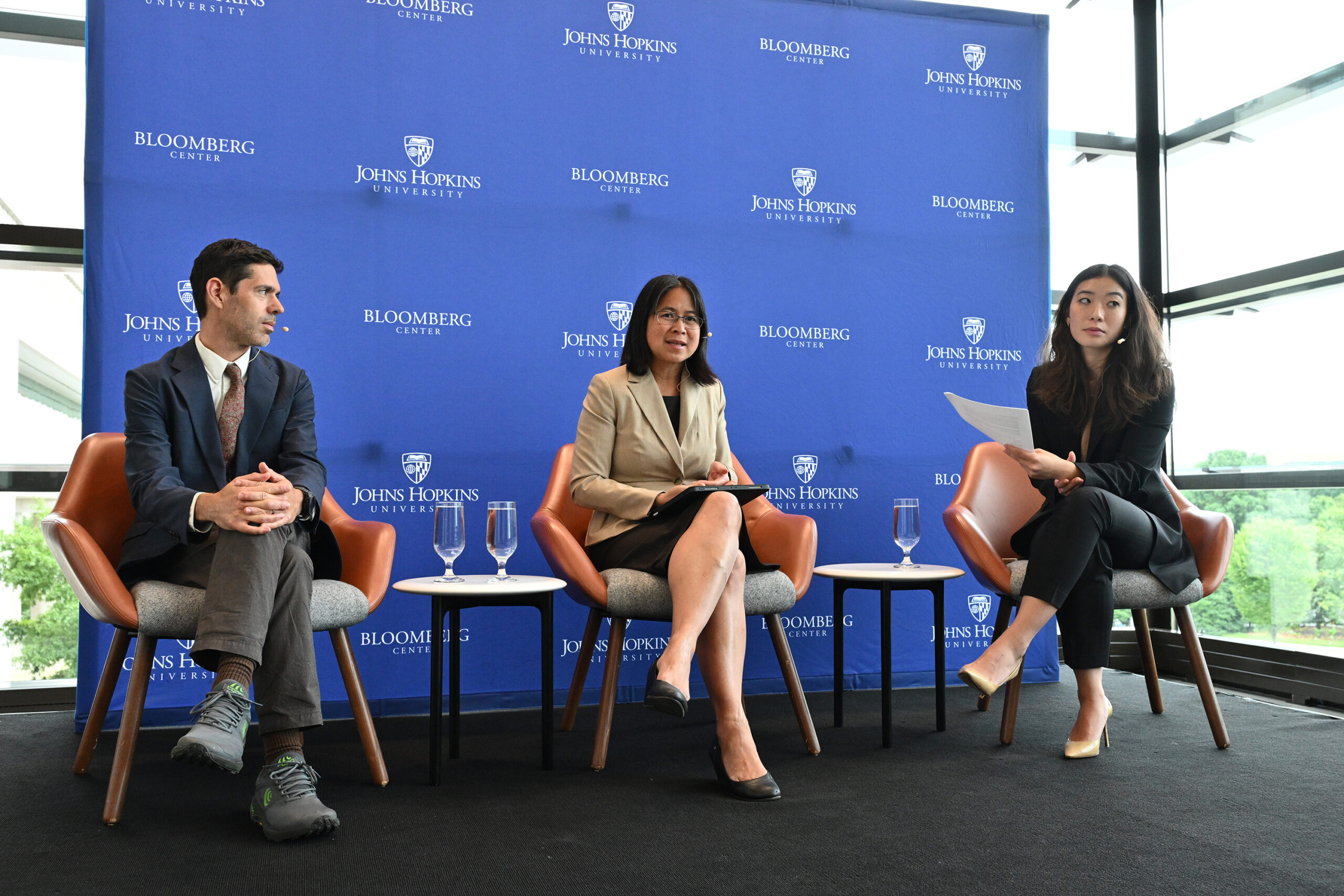Three things to know about plastic pollution in the ocean
Large quantities of plastic are ending up in our oceans—and in our food supply, experts caution

- Image Kaveh Sardari
Key Takeaways
- The world produces roughly 400 million tons of plastic each year—more than the total weight of every person in the world.
- Globally, just 9% of plastic is successfully recycled, but new materials could boost that number.
- Plastic in the ocean breaks down into extremely small pieces, known as microplastic, that can then end up in the food chain.
More than 11 million metric tons of plastic end up in the world’s oceans each year, on top of the estimated 200 million metric tons already in marine environments, according to Ocean Conservancy, an environmental advocacy group.
And with plastic production steadily increasing, it’s not an issue likely to disappear without intervention. The world produces roughly 400 million tons of plastic each year.
“The total human mass—what every human in the world weighs—is an estimated 390 million tons,” said Vicky Nguyen, a professor of mechanical engineering at the Johns Hopkins Whiting School of Engineering, during a recent event about ocean plastic pollution held at the Johns Hopkins University Bloomberg Center.
Here are three things to know:
- Recycling alone isn’t the solution.
Globally, just 9% of plastic is successfully recycled, according to the Organization for Economic Cooperation and Development. Even when consumers carefully place their recyclables in the proper bin, the items often wind up in a landfill.
“Recycling is a bit of sham,” Sen. Sheldon Whitehouse of Rhode Island said at the event. “It’s a sham that we’re all asked to be a participants in.”
- Plastics are breaking down—and ending up in our food.
Plastic in the ocean breaks down into extremely small pieces, known as microplastic, that can then end up in the food chain. Researchers have found microplastics in money, salt, seafood, and even bottled water, said David Love, an expert in food systems and sustainability and a research professor at the Johns Hopkins Bloomberg School of Public Health.
“They’re very small plastic pieces, in lots of different shapes,” he said. “They can be particles; they can be fibers. And they’re in our food.”
- New materials show promise.
Ngyuen received a four-year, $1.8 million grant from the National Science Foundation to develop a new process that will turn difficult-to-recycle plastics into a tougher material suitable for use in high-performance and high-value products. Currently, due to the recycling process, many recycled plastics can only be used for single-use products, such as plastic bags.
“If you have a laminated plastic, you have plastics that have colorants, that have additives, that makes it really difficult to separate those components of plastics,” Nguyen said. “They don’t like to mix together, and that makes it difficult to process these plastics.
“Our goal is to yield a plastic material that is stronger and tougher than conventional recycled plastics and that can have the same consistent properties as traditional plastics,” she added. “We are hopeful that creating sustainable plastics will reduce the environmental impact of plastics production.”